
Roots
As twilight descends and the world prepares for its quiet repose, a curious alchemy begins for those who honor their hair with deliberate care. For centuries, across continents and through the whispers of generations, the art of preserving a day’s painstaking styling through the night has been a quiet, yet profound, endeavor. This pursuit, far from a mere vanity, speaks to a deeper understanding of hair as a crown, a cultural statement, and a delicate fiber deserving of protection. This journey into historical head coverings reveals not just simple fabrics, but the ingenuity born of necessity and reverence for coiffure as a living testament to identity.

The Architecture of Coils and Curls
To truly appreciate the wisdom behind historical nighttime hair preservation, one must first consider the very nature of textured hair. Unlike straight or wavy strands, which possess a more symmetrical, round cross-section, textured hair, particularly coils and curls, exhibits an elliptical or even flat cross-sectional shape. This distinct geometry means the cuticle layers, the protective outer scales of the hair shaft, do not lie as flat.
Instead, they are often slightly raised, creating more surface area for friction. This inherent structural difference renders textured hair more susceptible to dryness, breakage, and tangling, especially during sleep when hair rubs against surfaces like pillows.
The unique helical structure of coily and curly hair also means that natural oils, produced by the scalp’s sebaceous glands, travel down the hair shaft with greater difficulty. Gravity and the spiraling path make it a longer, more arduous journey for these vital lubricants to reach the ends. This predisposition to dryness is a cornerstone of textured hair care, influencing every aspect of its treatment, from washing to styling, and most certainly, to its nighttime protection.

Decoding Hair Patterns
The classification of textured hair, while a relatively modern scientific endeavor, helps us speak a common language about its varied manifestations. Systems like Andre Walker’s, which categorizes hair from Type 1 (straight) to Type 4 (coily), with sub-classifications for texture and density, provide a framework for understanding individual hair needs. For our exploration of historical practices, Type 3 (curly) and Type 4 (coily) hair types are of particular relevance, as these are the hair textures that most benefit from and necessitated protective sleep coverings.
- Type 3 Hair ❉ This category spans from loose, bouncy curls (3A) to tight, springy corkscrews (3C). These curls possess a defined S-pattern, often with considerable volume.
- Type 4 Hair ❉ This encompasses the coiliest textures, from soft, tightly packed S-patterns (4A) to very tight, Z-pattern coils (4B), and dense, sometimes invisible, Z-pattern coils (4C). This hair type experiences the most shrinkage and is typically the most delicate.
Understanding these classifications helps contextualize the historical solutions devised to safeguard these diverse hair forms. The more delicate and prone to disruption a hair pattern, the more ingenious and robust the protective measures became.
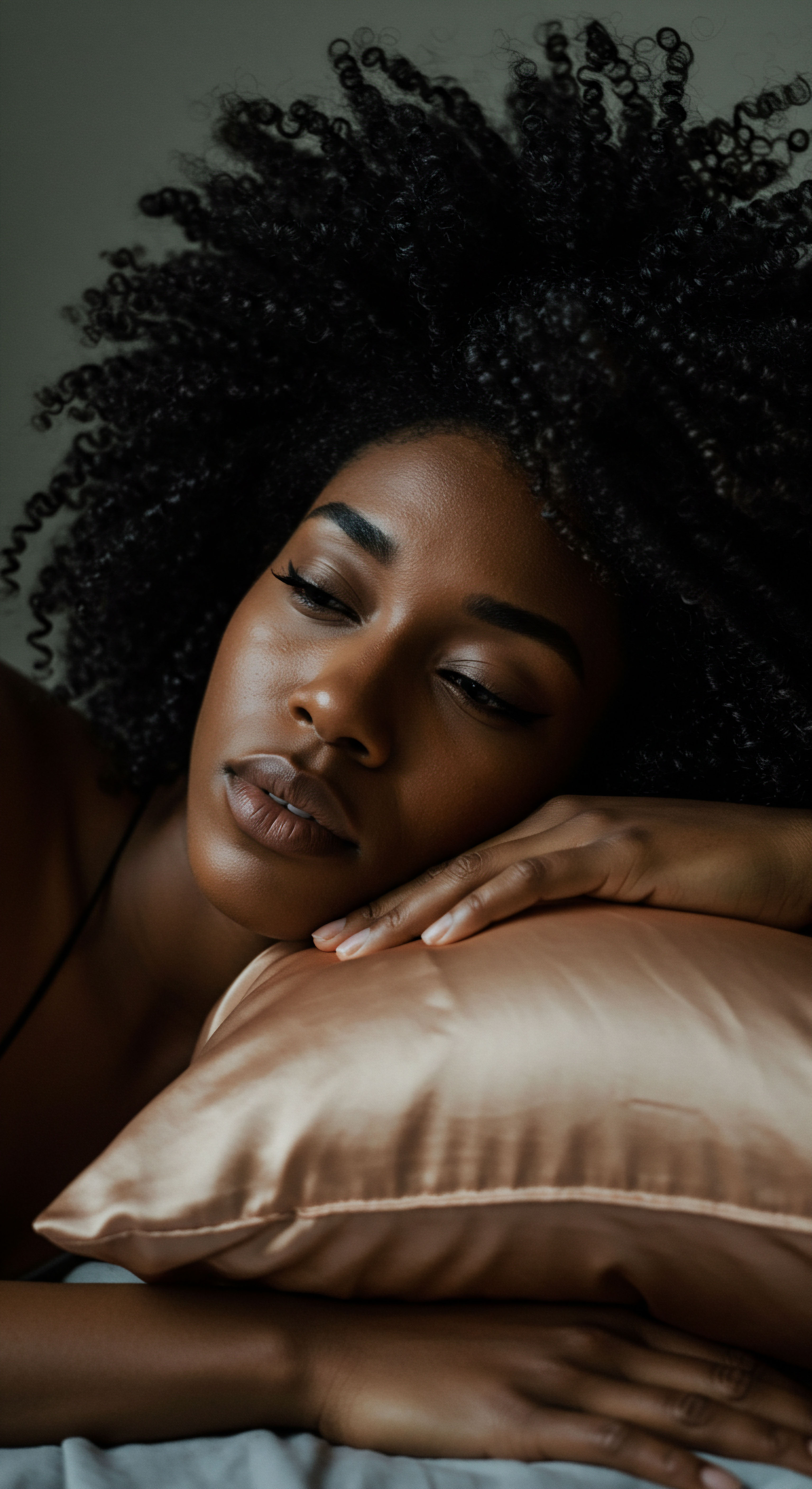
Hair’s Cycle of Life and Rest
Hair growth follows a cyclical pattern, independent of its texture, yet the fragility of textured hair makes understanding these phases particularly pertinent to preservation during sleep. The anagen phase, where hair actively grows, can last for several years. The catagen phase is a brief transitional period, followed by the telogen phase, a resting stage where hair prepares to shed.
Daily shedding is a natural occurrence, but excessive friction during sleep can prematurely dislodge strands, leading to thinning or breakage. Protective coverings, therefore, do not merely preserve style; they contribute to the overall health and longevity of the hair fiber by minimizing unnecessary mechanical stress on strands in all phases of their growth cycle.
The unique helical structure of textured hair, with its raised cuticles, inherently predisposes it to dryness and tangling, making nighttime protection a foundational practice for its well-being.
The historical solutions we are about to uncover were not simply fashion accessories; they were sophisticated tools of hair preservation, born from an intuitive understanding of hair’s delicate architecture and its need for a gentle environment during its resting hours.
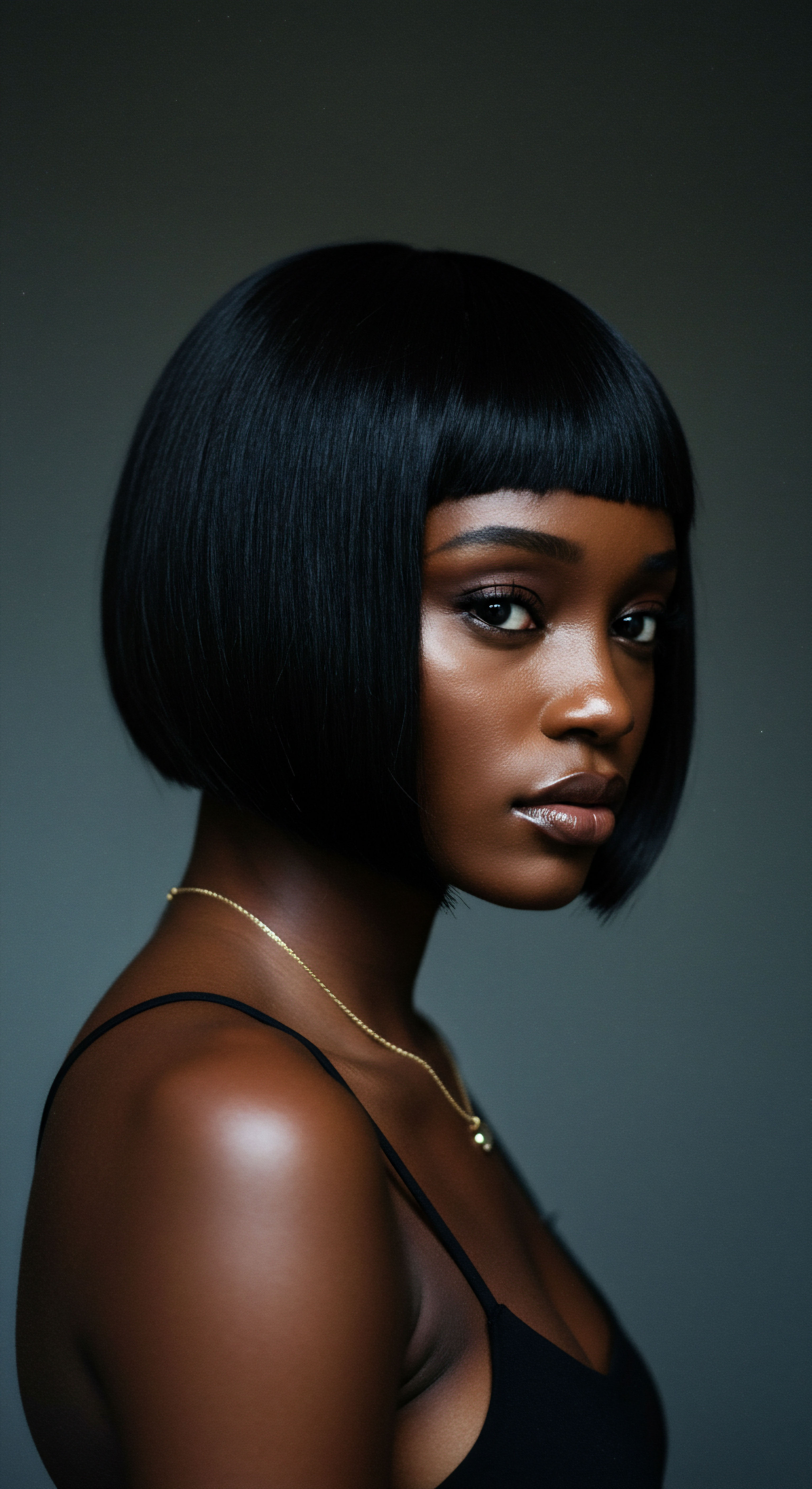
Ritual
Stepping from the fundamental understanding of textured hair, we now turn our attention to the daily and nightly practices that have shaped its care across generations. The transition from a vibrant day to the quiet of night held a special significance for those with elaborate coiffures. The act of preparing hair for sleep was not merely a chore; it was a ritual, a mindful act of preservation that ensured the longevity of intricate styles and the vitality of the strands themselves. This wisdom, passed down through whispers and demonstrations, speaks to a shared human experience of cherishing one’s appearance and protecting what is precious.
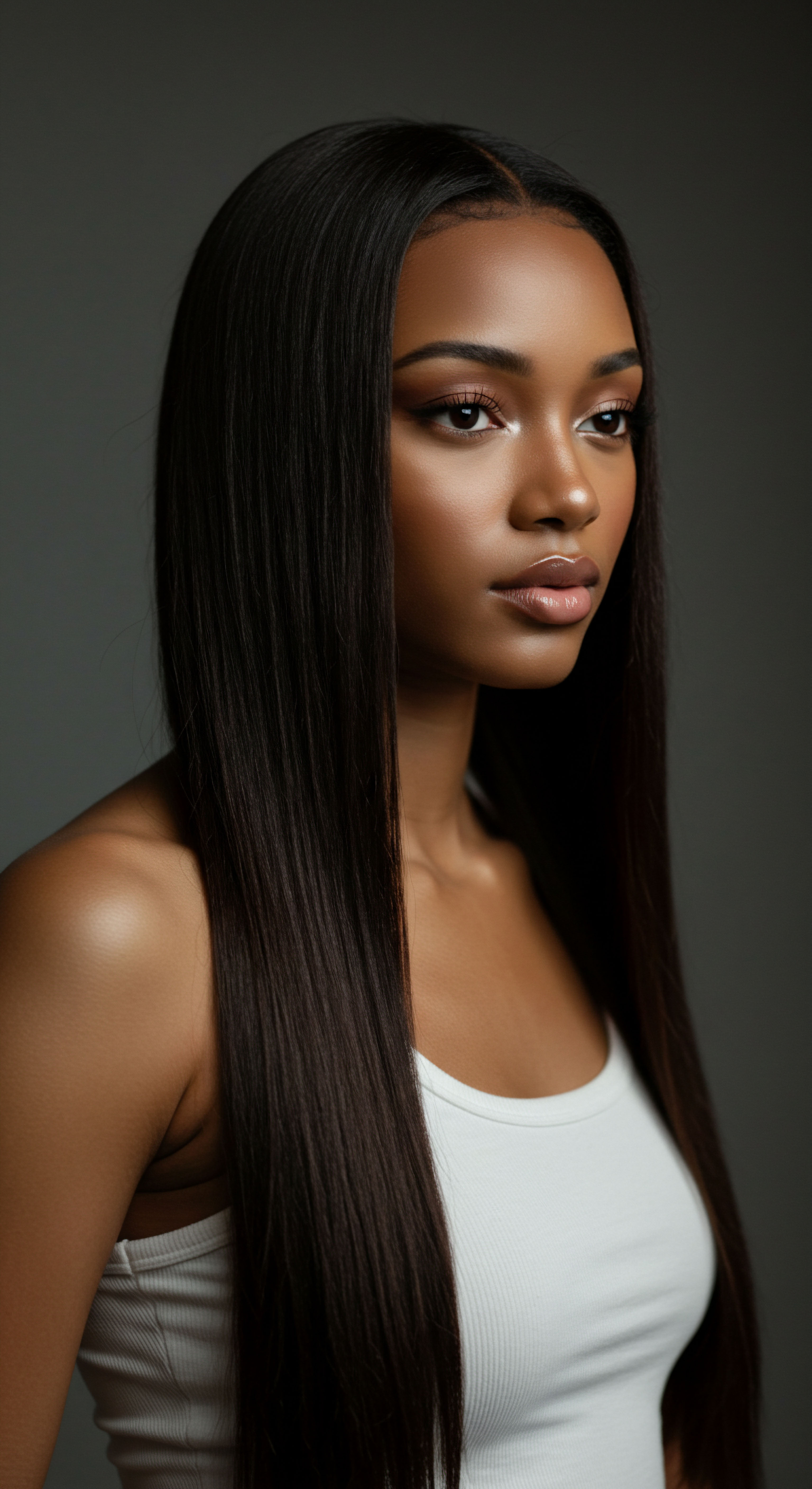
What Ancient Cultures Protected Their Coiffures During Sleep?
Across ancient civilizations, particularly those where elaborate hair artistry flourished, the practice of covering hair during sleep was a widespread phenomenon. The motivations varied, encompassing spiritual beliefs, social status, and practical preservation. In ancient Egypt, for instance, both men and women of status adorned themselves with wigs and extensions, often meticulously styled with oils and perfumes. To maintain these complex arrangements, head coverings made of fine linen or silk were commonly used.
These wraps prevented dust and debris from settling on the hair and, more importantly, minimized friction against rough sleeping surfaces, thereby keeping curls and braids intact for days. The elaborate nature of Egyptian hairstyles, sometimes featuring interwoven jewels and gold threads, made their preservation an essential aspect of daily life.
Similarly, in various African societies, where hair held profound cultural and spiritual significance, intricate braiding and threading techniques were common. These styles, often taking hours or even days to create, were a testament to artistry and communal bonds. To prolong their life and prevent frizz or unraveling, women would often don head wraps made from soft, breathable fabrics like cotton or early forms of silk.
These coverings served as a gentle cocoon, shielding the hair from the rigors of sleep. The act of tying a headwrap before bed became a quiet moment of self-care, a continuity of the day’s beauty ritual into the night.

The Practicality of Nighttime Headwear
The functionality of historical head coverings extended beyond mere style preservation. They played a critical role in maintaining hair’s moisture balance. In climates where air was dry, or within homes where heating sources could strip moisture, a head covering created a micro-environment that helped to trap natural oils and applied emollients.
This protective barrier prevented the hair from drying out overnight, a particular concern for textured hair which, as we have discussed, is prone to dehydration. Furthermore, these coverings offered a defense against environmental elements, such as dust or insects, ensuring hygienic sleep conditions for the hair.
| Historical Context Ancient Egypt |
| Common Materials Linen, Silk |
| Primary Purpose Style Preservation, Dust Protection |
| Historical Context Various African Societies |
| Common Materials Cotton, Early Silk |
| Primary Purpose Style Preservation, Frizz Prevention, Moisture Retention |
| Historical Context Medieval Europe (Noblewomen) |
| Common Materials Silk, Fine Wool |
| Primary Purpose Hair Hygiene, Style Preservation |
| Historical Context Victorian Era (Europe/Americas) |
| Common Materials Netting, Cotton, Silk |
| Primary Purpose Curl Preservation, Hair Health |
| Historical Context These coverings served multifaceted roles, blending aesthetics with practical hair care. |
The choice of material for these coverings was also a thoughtful consideration. Smooth fabrics like silk or satin, when available, were preferred for their low friction properties, minimizing snagging and breakage. More accessible materials like finely woven cotton also served well, particularly when softer weaves were selected. The design of the coverings often incorporated elastication or ties to ensure a snug yet comfortable fit, preventing them from slipping off during restless sleep.
The daily ritual of donning a head covering before sleep transcended mere vanity, serving as a practical act of hair preservation and a cultural testament to its profound significance.
These historical practices underscore a timeless wisdom ❉ that caring for textured hair demands consistent, gentle attention, particularly during the vulnerable hours of sleep. The ingenuity of past generations in devising these protective coverings speaks volumes about their understanding of hair’s delicate nature and its deep connection to identity and well-being.
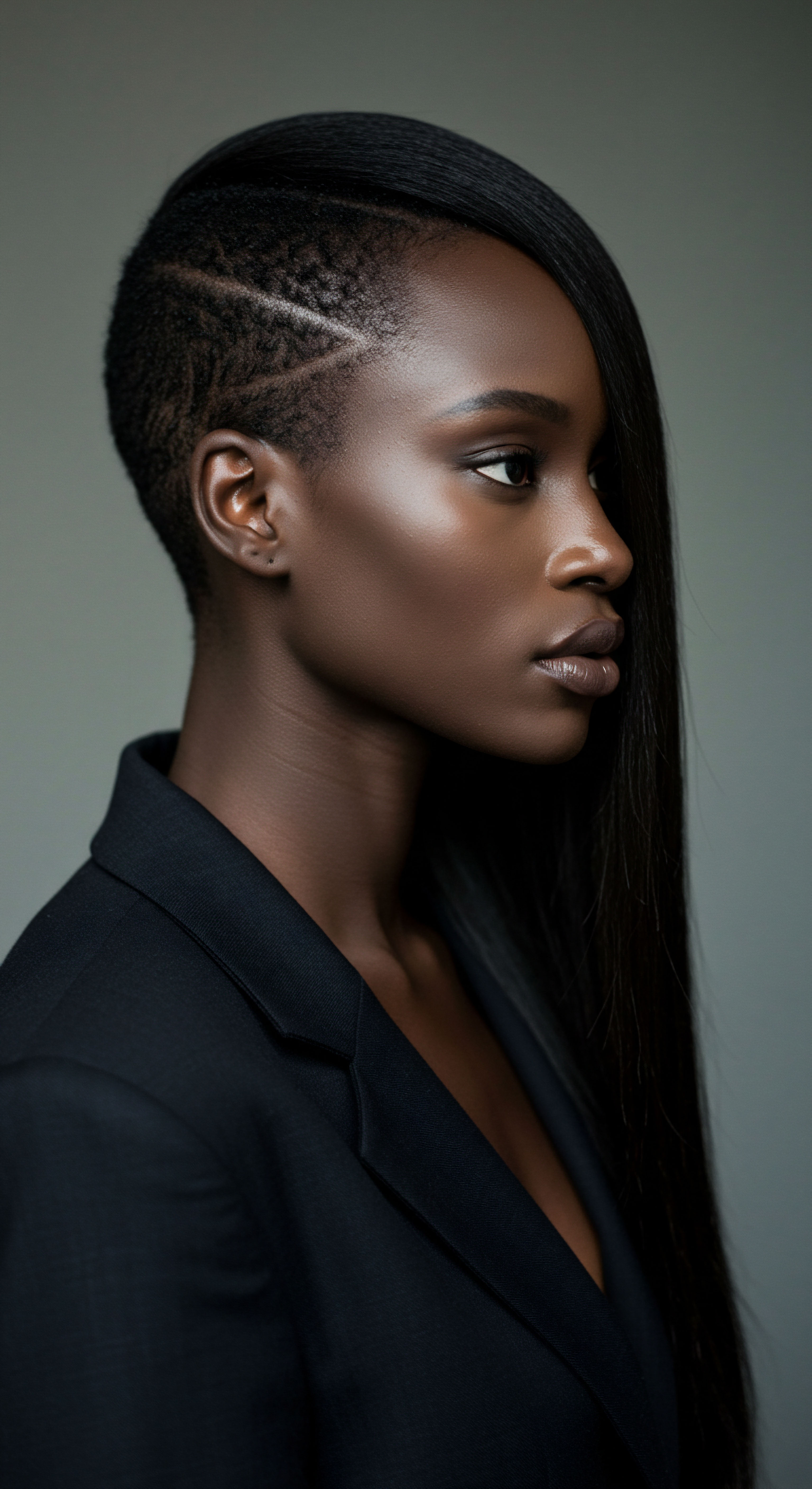
Relay
Moving beyond the foundational and the ritualistic, we now venture into the deeper currents of historical hair preservation, where scientific insight converges with cultural expression. The coverings of old were not simply pieces of fabric; they were sophisticated tools, designed with an intuitive grasp of hair mechanics and an acute awareness of its vulnerability. This segment delves into the more intricate reasons behind their widespread adoption and the subtle ways they shaped hair health across epochs.

How Did Fabric Choice Influence Hair Longevity Overnight?
The selection of materials for nighttime head coverings was a critical determinant of their efficacy in preserving hairstyles and promoting hair health. While cotton was readily available and widely used, particularly in earlier periods and for everyday use, the preference for smoother, less absorbent fabrics like silk and satin grew as their availability increased. This preference was not merely about luxury; it was rooted in a practical understanding of fiber properties. Cotton, with its microscopic rough fibers, can create significant friction against the hair shaft.
This friction leads to mechanical damage, causing the cuticle scales to lift, resulting in frizz, tangles, and ultimately, breakage. Moreover, cotton is highly absorbent, drawing moisture from the hair, which is particularly detrimental to textured hair types already prone to dryness.
Silk and satin, conversely, possess a smooth, tightly woven surface that allows hair to glide over it with minimal friction. This reduces the mechanical stress on the hair, preserving delicate curl patterns and preventing tangles. Furthermore, these materials are far less absorbent than cotton, meaning they do not strip the hair of its essential moisture or applied conditioning treatments.
This moisture retention is a cornerstone of textured hair health, preventing brittleness and maintaining elasticity. A study published in the Journal of Cosmetic Science on the effects of pillowcase materials on hair found that sleeping on silk or satin significantly reduced hair breakage and frizz compared to cotton, demonstrating a modern scientific validation of this ancient wisdom.
Consider the cumulative effect of friction over hundreds of nights. Even seemingly minor damage from a rough surface can lead to significant hair degradation over time, manifesting as thinning ends, a lack of definition, and persistent frizz. The consistent use of smooth coverings, therefore, acted as a long-term protective measure, contributing to the overall health and appearance of hair throughout an individual’s lifetime.
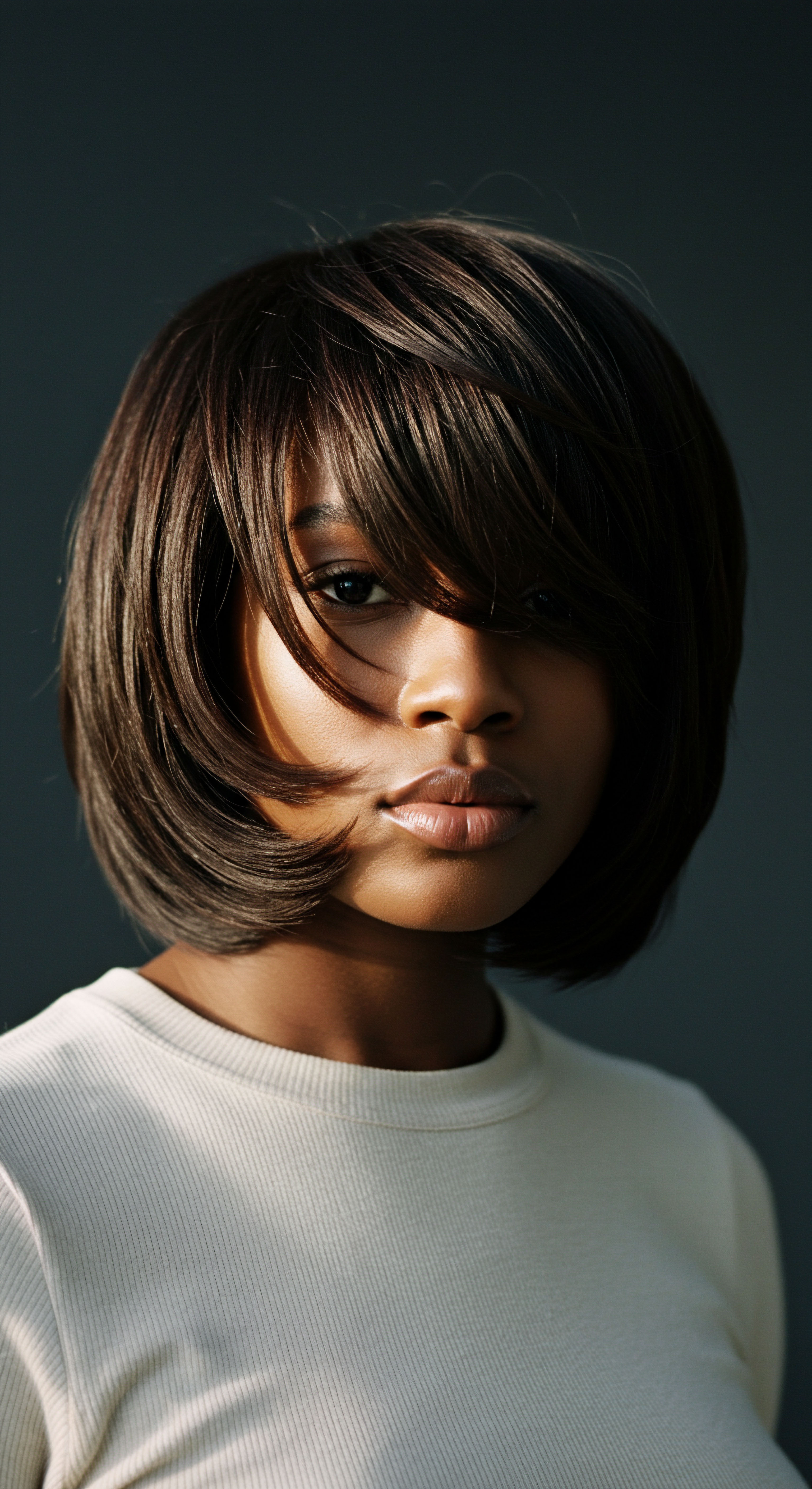
The Evolution of Protective Headwear Design
The forms of historical head coverings were as diverse as the cultures that created them, yet certain design principles emerged consistently, driven by the shared goal of hair preservation. From the simple wraps of antiquity to the more structured bonnets of later eras, each design element served a specific purpose. Early wraps, often simple squares or rectangles of fabric, were tied in ways that encased the entire head of hair, securing it gently against movement. The skill in tying these wraps ensured both comfort and effective containment, preventing the hair from escaping and rubbing against surfaces.
As societies advanced, so did the sophistication of headwear. The advent of bonnets, particularly popular from the 17th century onwards, marked a significant step in specialized sleep protection. These often featured a rounded crown to accommodate voluminous hairstyles and a drawstring or elastic band to secure them comfortably around the hairline.
This design allowed for the hair to be contained without being compressed, preserving its shape and volume. Some bonnets even incorporated interior linings of silk or satin, even when the outer fabric was a more common material like cotton, showcasing an understanding of the direct contact benefit of smooth surfaces on hair.
The design considerations were not limited to material and shape. The tension of the covering was also critical. A covering that was too tight could cause tension alopecia or breakage at the hairline, while one that was too loose would not effectively contain the hair. The ingenuity lay in creating a covering that offered a snug yet gentle hold, allowing the hair to rest undisturbed within its protective sanctuary.
The ancient preference for smooth, non-absorbent fabrics like silk for nighttime hair coverings finds contemporary validation in scientific studies, underscoring its profound impact on reducing hair damage and retaining moisture.
This historical trajectory of head covering design illustrates a continuous dialogue between human ingenuity and the delicate needs of hair. Each iteration, from the simplest wrap to the most elaborate bonnet, represented a relay of knowledge, passed down and refined, ensuring that the beauty of a hairstyle could transcend the waking hours and greet the new day with grace.
The practice of securing hair for sleep also had a subtle, yet significant, psychological component. The ritual of preparing one’s hair for the night could serve as a transition, a moment of quiet reflection and self-care before rest. This mindful engagement with one’s hair, supported by the physical comfort of a protective covering, could contribute to a deeper appreciation for one’s appearance and overall well-being. It underscores that hair care, then as now, is not merely a superficial pursuit, but a holistic practice connected to self-perception and personal serenity.
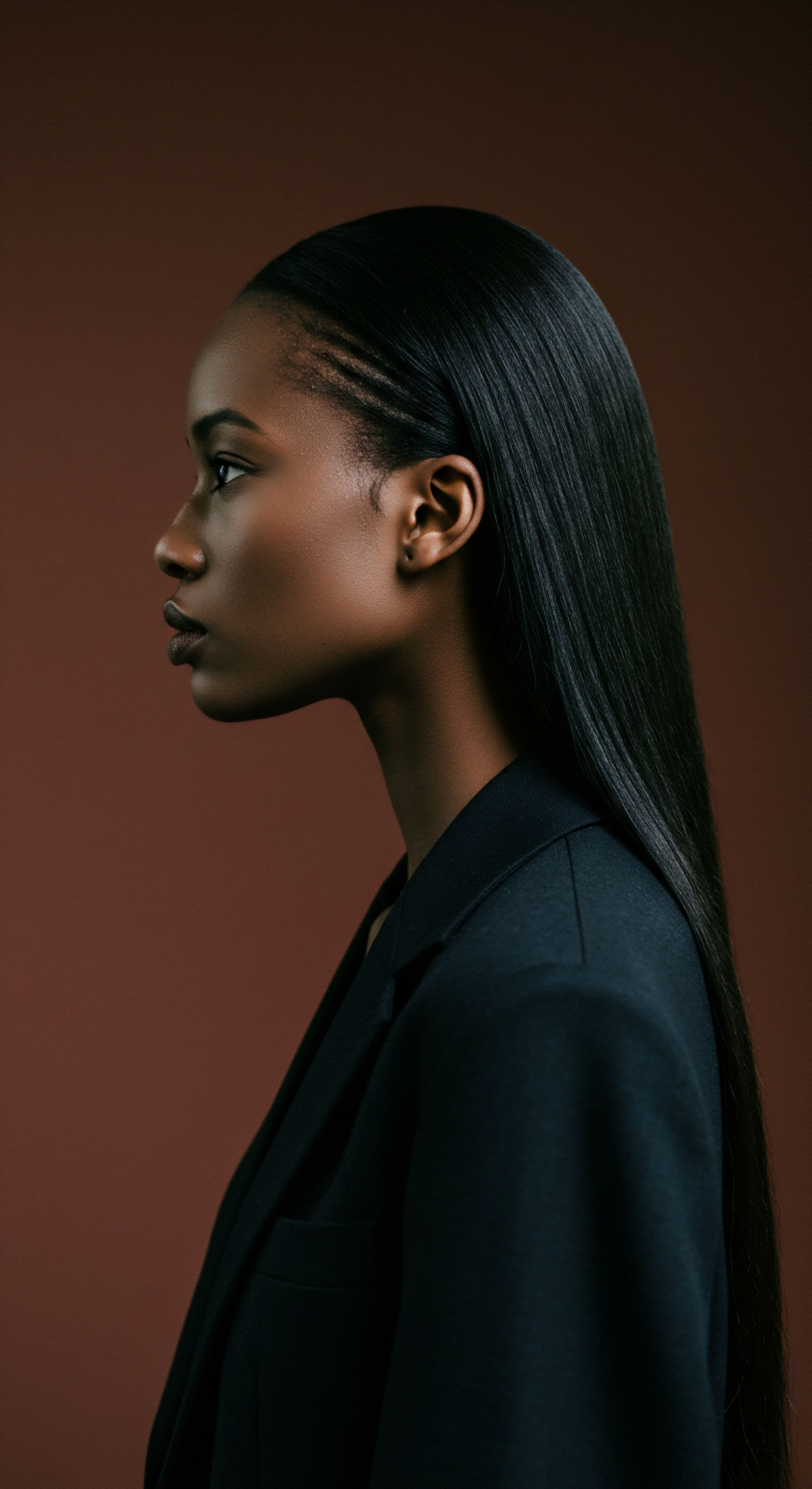
Reflection
The journey through historical head coverings used for nighttime hair preservation reveals far more than just ancient fashion choices. It unearths a profound, enduring respect for hair as a living crown, a testament to identity, and a canvas for artistry. From the meticulously wrapped tresses of Egyptian nobility to the comforting bonnets of European households, a common thread emerges ❉ the recognition that hair, particularly textured hair, requires a sanctuary during its resting hours. This timeless wisdom, rooted in practical necessity and cultural reverence, continues to resonate today, reminding us that the gentle care of our strands is a practice as old as humanity itself, a quiet yet powerful affirmation of self.
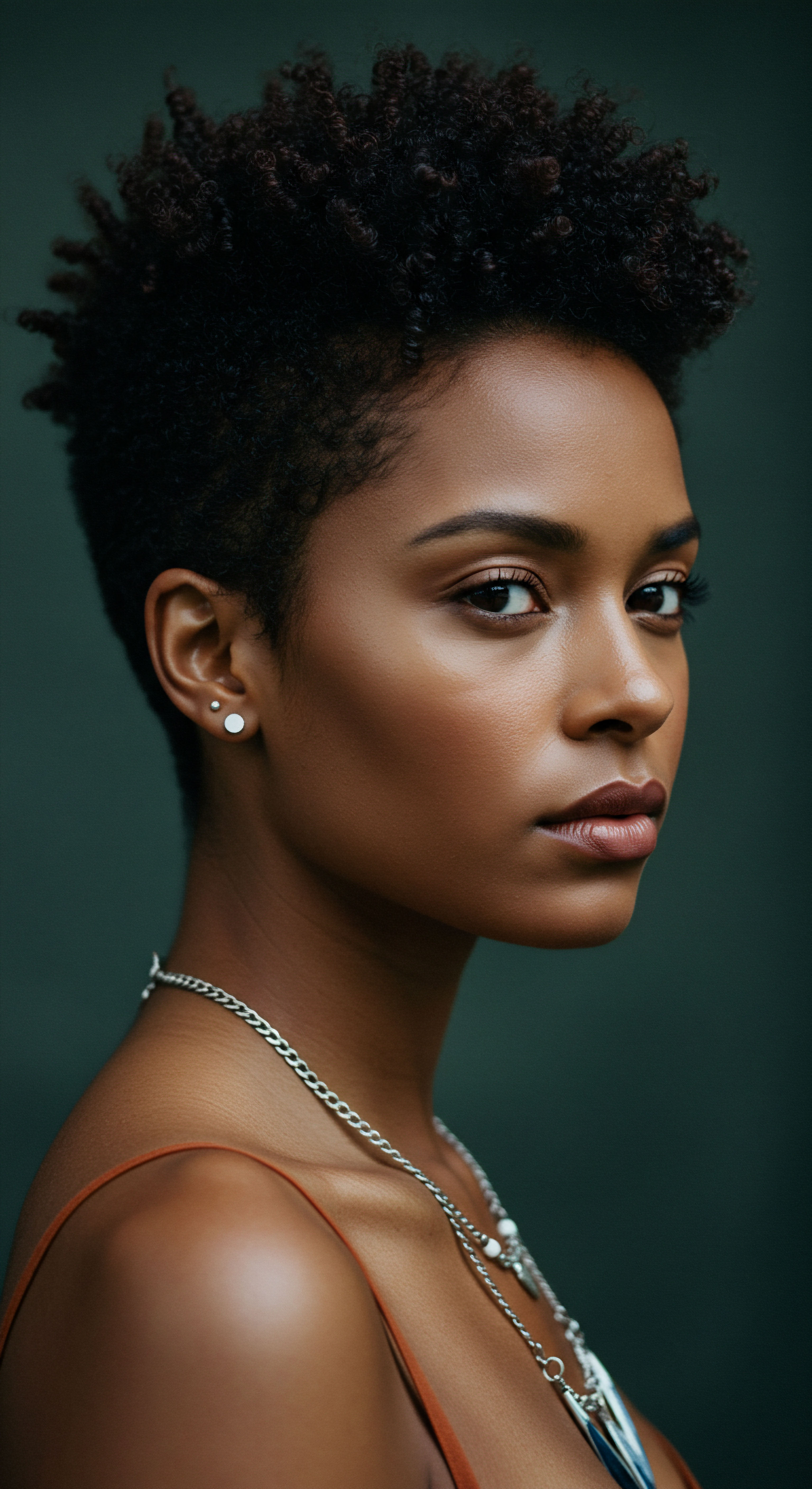
References
- Rele, A. S. & Mohile, R. B. (2003). Effect of mineral oil, sunflower oil, and coconut oil on prevention of hair damage. Journal of Cosmetic Science, 54(2), 175-192. (While this study is on oils, the broader field of cosmetic science and hair mechanics informs the understanding of friction and material impact on hair, and similar principles apply to pillowcases/coverings.)
- Wilcox, C. (2000). The Headwear of the World. Thames & Hudson.
- Sherrow, V. (2006). Encyclopedia of Hair ❉ A Cultural History. Greenwood Press.
- Byrd, A. D. & Tharps, L. D. (2014). Hair Story ❉ Untangling the Roots of Black Hair in America. St. Martin’s Press.
- Kogos, F. (1995). The Headcovering ❉ A Sign of the Married Woman. KTAV Publishing House.
- Ross, E. (2009). The Hair Care Handbook ❉ A Guide to Hair Health and Styling. Penguin Group.
- Hunter, L. (2011). Buying into Bodycare ❉ The Social and Cultural Significance of Cosmetics. Ashgate Publishing.